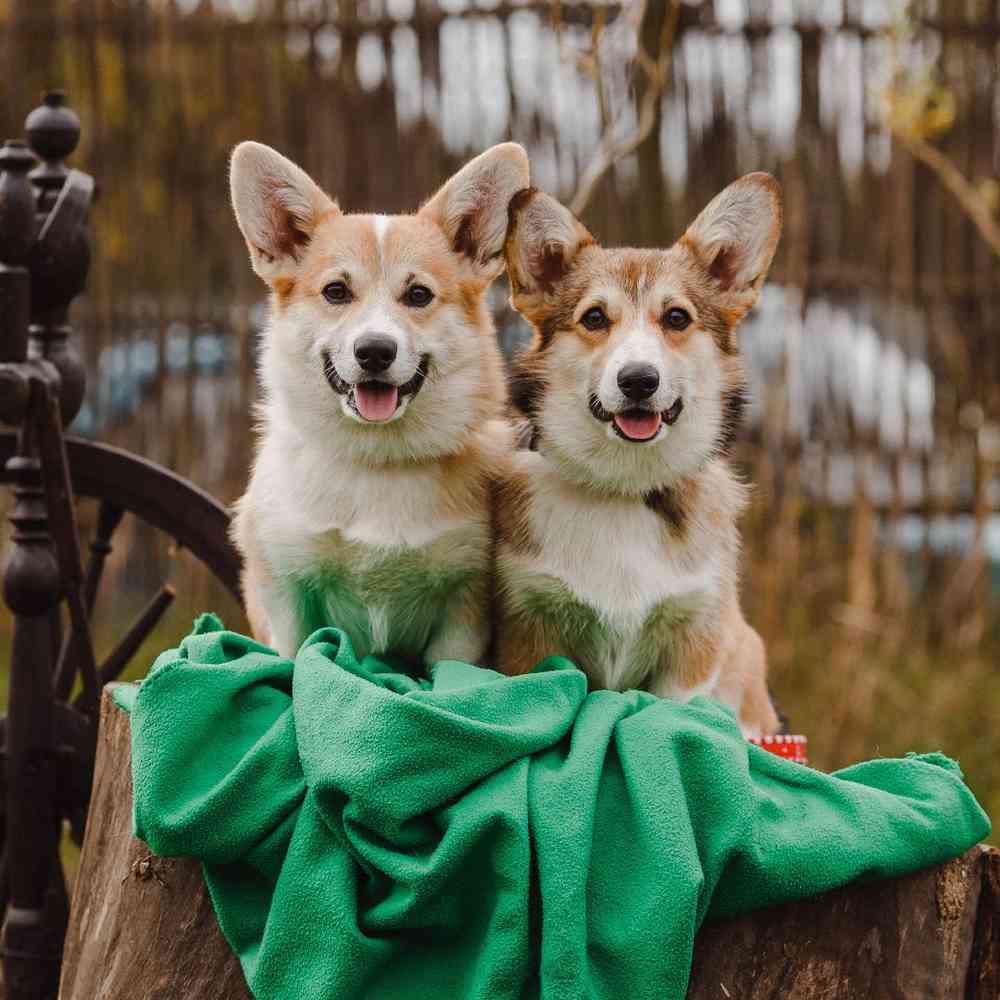Cardigan Welsh Corgi

The Cardigan Welsh Corgi is a masterpiece of the breeder’s art: Every aspect of its makeup is perfectly suited to moving cattle, and yet it is so congenial and sweet-faced that it would be a cherished companion even if it never did a day’s work.

Want to know more about Cardigan Welsh Corgi ?
Breed Traits
General Appearance
Low set with moderately heavy bone and deep chest. Overall silhouette long in proportion to height, culminating in a low tail set and fox-like brush. General Impression - A handsome, powerful, small dog, capable of both speed and endurance, intelligent, sturdily built but not coarse.
Head
Neck, Topline, Body
Forequarters
Hindquarters
Coat
Color
Size, Proportion, Substance
Gait
Temperament
Disqualifications
Group
Herding


